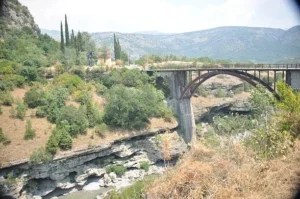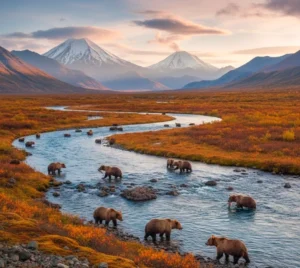Table of Contents
Whittier, Alaska, holds a special place in the hearts of those who venture into its unique terrain. Located at the head of Passage Canal in Prince William Sound, this remote town boasts an incredible history, captivating facts, and a lifestyle that makes it one of a kind. From its World War II military origins to its natural beauty, here are ten amazing facts and historical insights about Whittier, Alaska.
1. Military Beginnings: Whittier’s WWII Origins
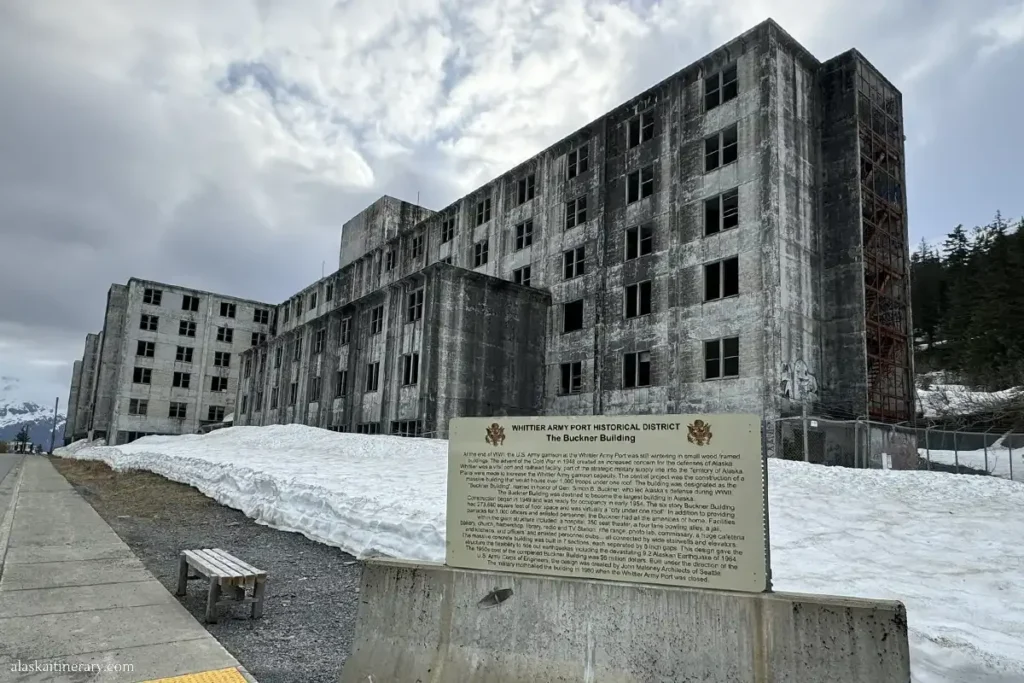
Whittier’s significance can be traced back to World War II, when its strategic location made it an ideal military port. In 1943, the U.S. Army built Camp Sullivan, and soon after, the Alaska Railroad extended its tracks to the area.
2. Architectural Monuments: Begich Towers and Buckner Building
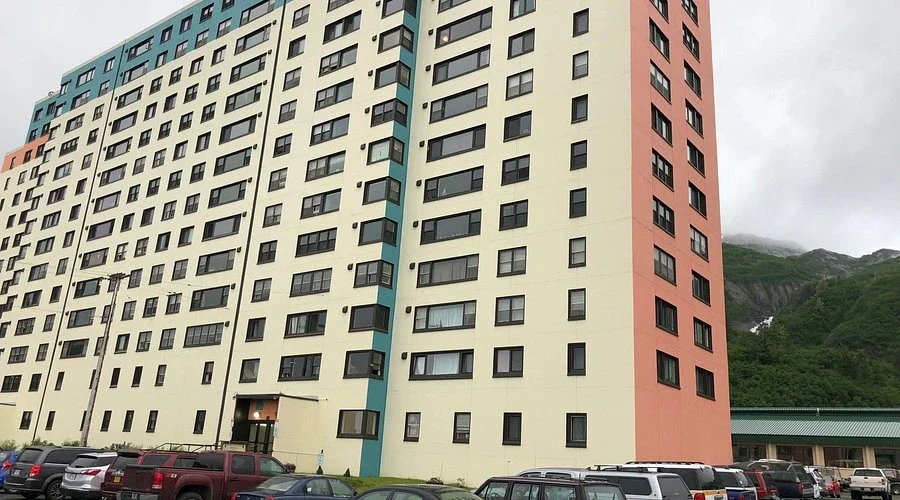
Whittier’s architectural history is marked by two significant buildings—the Begich Towers and the Buckner Building. These were built to accommodate military personnel during the Cold War era and later adapted for civilian use.
Begich Towers (Height: 14 stories)
Buckner Building
- Purpose: Served as a massive military complex, including a bowling alley, movie theater, and post office.
- Current Status: Abandoned after sustaining earthquake damage in 1964.
3. The 1964 Good Friday Earthquake

On March 27, 1964, the Good Friday Earthquake hit Alaska, measuring a magnitude of 9.2, the most powerful earthquake recorded in North America.
Waves up to 43 feet (13 meters) struck Whittier, causing significant destruction.
13 people lost their lives in Whittier due to the resulting tsunamis.
4. Whittier: The Town Under One Roof
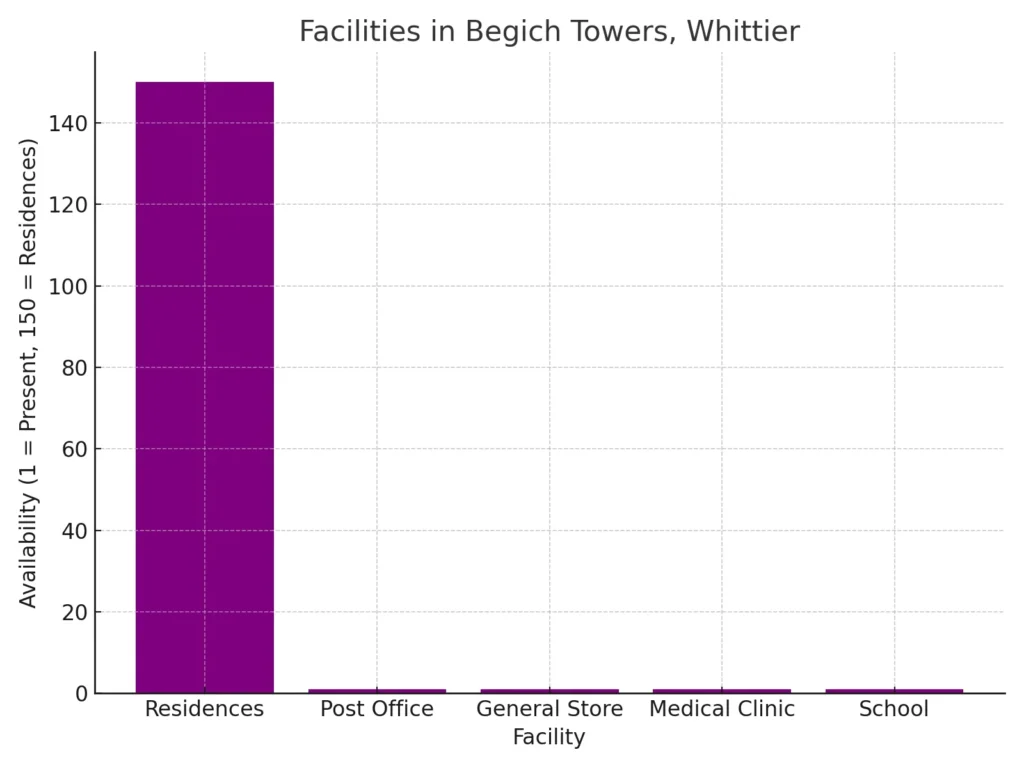
Whittier has earned the nickname “The Town Under One Roof” due to its unique living situation. Most of the town’s population lives in the Begich Towers, a massive building containing residences, a school, a medical clinic, and essential services.
Facility | Details |
Residences | 150 apartments and 2-3 bedroom units |
Post Office | Available for residents and visitors |
General Store | Local grocery and supplies store |
Medical Clinic | Serves as the town’s healthcare hub |
School | Elementary school for local children |
5. The Anton Anderson Memorial Tunnel: Connecting the World
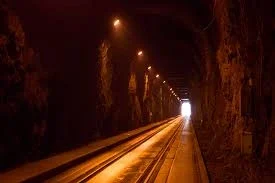
The Anton Anderson Memorial Tunnel is a marvel of modern engineering. It is the longest combined rail and highway tunnel in North America, stretching for 2.5 miles (4 km) under the mountains.
6. A Wet and Wild Climate
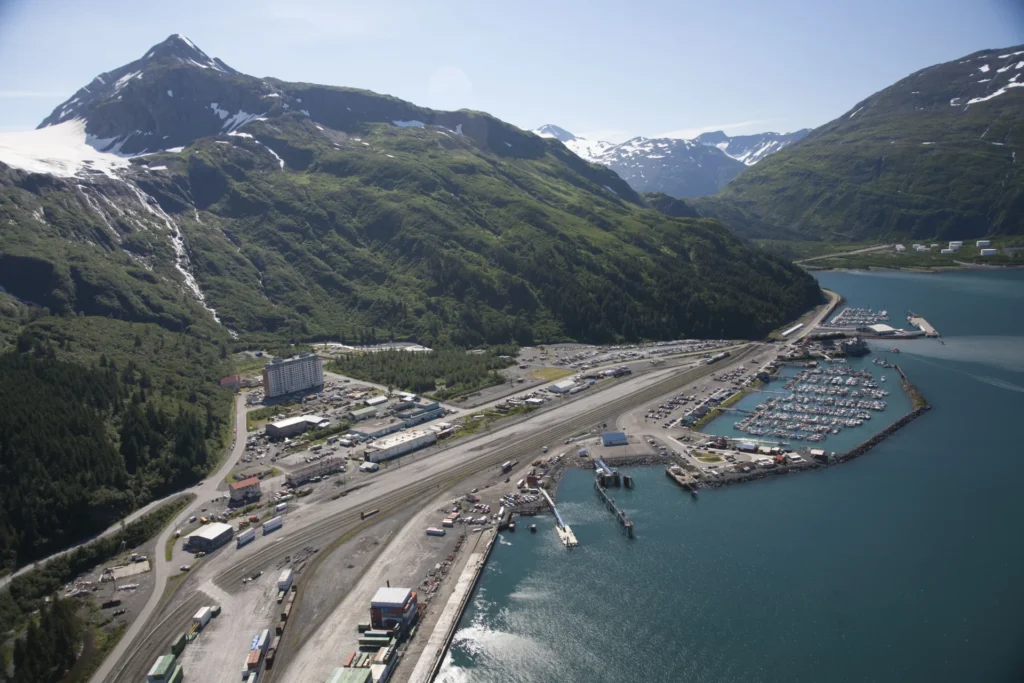
Whittier’s climate plays a significant role in its lifestyle. The town receives extreme rainfall and snow, which affects everything from outdoor activities to daily living.

Climate Facts:
- Annual Precipitation: 197.8 inches (5,029 mm)
- Annual Snowfall: 249 inches (6,328 mm)
- Wettest City: Whittier is among the wettest cities in the U.S.
7. A Hub for Outdoor Adventure
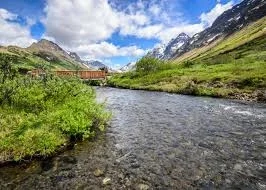
Despite its wet climate, Whittier is an outdoor lover’s paradise. The surrounding Chugach National Forest offers a wide range of activities such as hiking, kayaking, and fishing.
8. A Rich Native Heritage
Before European settlers arrived, the region around Whittier was inhabited by the Chugach Natives, who relied on the area’s natural resources for fishing and transportation.
- Cultural Significance: Whittier was once an important trading and transport route for the Chugach people.
- Present Day: The town recognizes its Native heritage with local cultural events and museums.
9. A Gateway for Cruise Ships
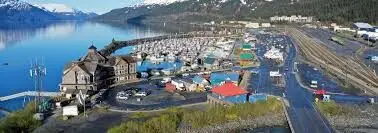
Whittier serves as a crucial port for cruise ships that traverse Prince William Sound. Its ice-free port and proximity to Anchorage make it an ideal starting point for tourists heading out on Alaskan cruises.
10. Low Population and Infrastructure
Whittier’s population has fluctuated over the years, but it remains a small, close-knit community. With a population of 252 people in 2025, the town’s infrastructure is highly centralized in Begich Towers.
Also Read: 10 Interesting Facts about Adak City, AK
Conclusion
Whittier, Alaska, stands as one of the most unique and resilient towns in the U.S. From its military origins to its present-day role as a gateway for adventure and cruise tourism, Whittier’s facts and history are a blend of hardship, triumph, and community spirit. The next time you find yourself in the area, take a moment to appreciate this remarkable town that thrives under one roof and in the shadows of towering mountains and glaciers.
FAQs
Whittier is famous for its location in Prince William Sound, offering access to stunning glaciers, abundant wildlife, and outdoor activities like fishing and kayaking. It’s also known for its extreme rainfall, averaging nearly 200 inches annually. Most notably, Whittier has earned the nickname “the town under one roof” because most of its residents live in a single 14-story building, Begich Towers, which houses not only homes but essential services and businesses.
Whittier is unusual because over 200 residents live in Begich Towers, a 14-story building that serves as their primary residence. This structure contains not only apartments but also essential public services like a post office, a grocery store, and even a school. The building is connected by tunnels, allowing people to move around without leaving the building during the harsh weather conditions common to the area.
The 14-story Begich Towers, originally built in 1957 as the Hodge Building for the U.S. Army, is now home to most of Whittier’s population. This unique building is a self-contained community, providing residents with housing, a post office, a grocery store, and other services. Its design is well-suited to the region’s challenging climate, where staying indoors during winter months is essential.
Cruise ships dock in Whittier because it’s a deep-water port located at the entrance to Prince William Sound. Its proximity to Anchorage, just 60 miles away, makes it a convenient and accessible port for cruise travelers. The port is less crowded than others like Seward, providing a quieter and more efficient experience for passengers heading to the scenic landscapes of Alaska.



